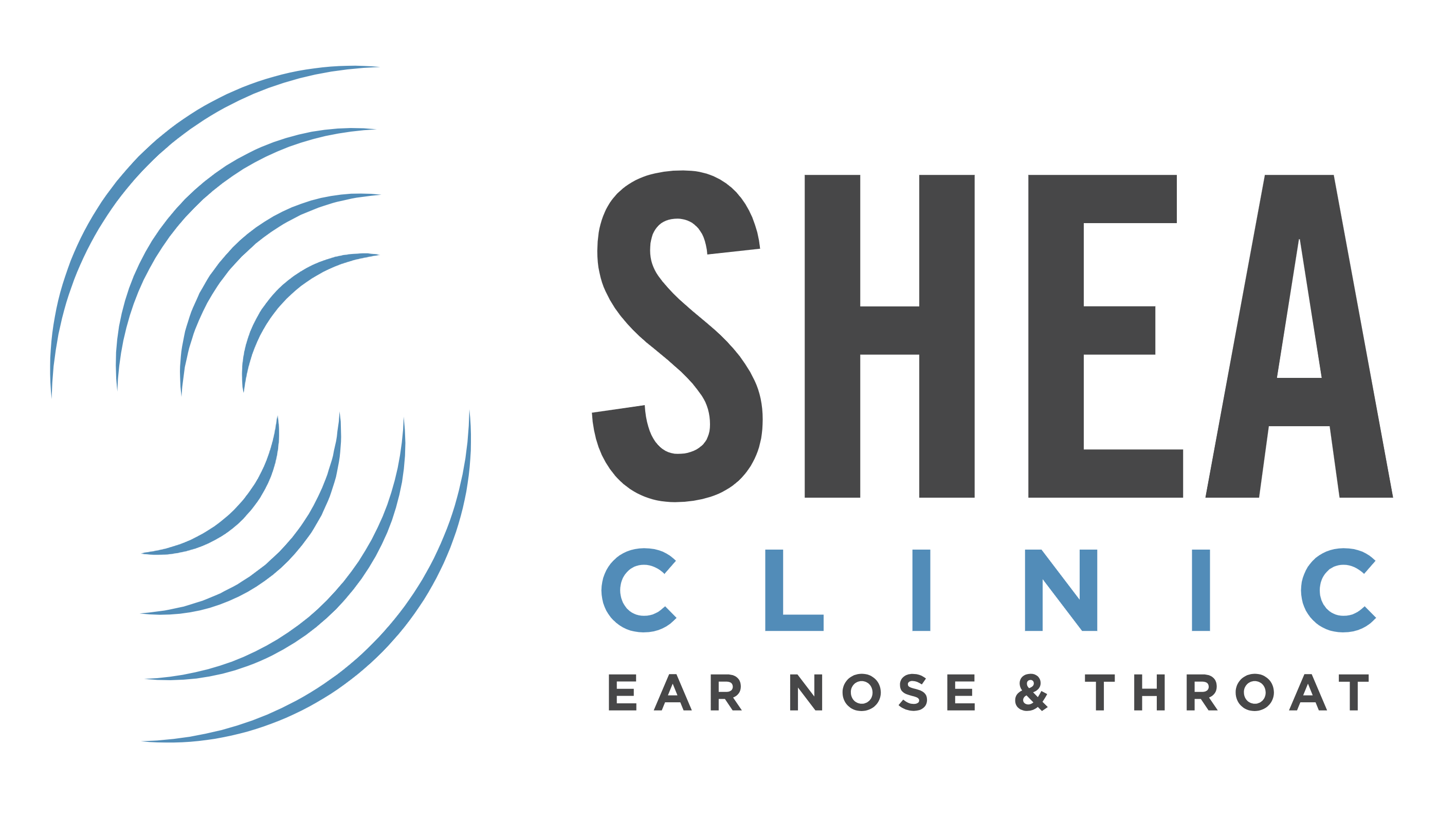The anatomy of our hearing system can be divided into four components for our convenience in remembering the parts and associating these parts with their function. These divisions are the:

- The Outer Ear
- The Middle Ear
- The Inner Ear
- The Central Auditory Pathways
The Outer Ear
The outside of the ear is made up of two parts, the pinna and the external auditory canal. The outer part helps funnel sound down to your inner ear by collecting it with its curvy shape that’s about 1 inch long in adult sizes. There are some small hairs on this area too which help keep things running smoothly as well as producing wax called cerumen for lubrication purposes!
The Middle Ear
The ear drum is an air-filled membrane that’s located on the inside of your ear canal. The vibrations of this tympanic membrane are transmitted through three small bones called malleus, incus, and stapes to convert them into sound waves which can be heard by the inner ears’ sensory receptors.
The Inner Ear
The inner ear is divided into two sections, the one for hearing and the other to maintain balance. The hearing section of this organ has a snail-shaped structure called a cochlea that contains sensory cells which release chemicals when they are excited by vibrations from sound waves traveling through it. These chemical messengers then excite nerves in order to inform your brain about what you just heard.
The Central Auditory Pathways
A complex network of neural pathways in the brain, with a central auditory system that is responsible for sound localization, speech understanding in noisy listening situations and other sounds like music.
The Process of “Hearing”
Sound is transformed into mechanical energy by the tympanic membrane and then transmitted through to ossicles. It becomes hydraulic energy in the cochlea, which excites hair cells that convert it back again to sound waves for recognition by our brains.
Hearing loss can cause your brain to process sound incorrectly. This phenomenon is due in part because our ears produce a weaker signal than the one that reaches the rest of our body, so it’s up to other parts of our nervous system and senses like sight or touch to fill in for what we miss out on. The result is distortion when those signals reach different areas of the brain responsible for processing them into specific sensations—like hearing!
If you suspect that you or a loved one is experiencing hearing loss, give us a call at 901-415-6667 and the licensed professionals of the Shea Hearing Aid Center will gladly arrange for you to have a FREE hearing evaluation.
